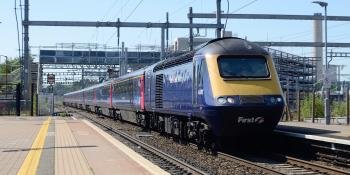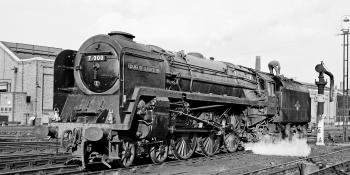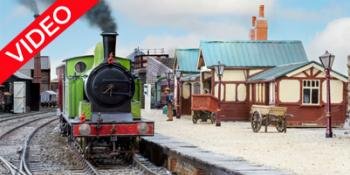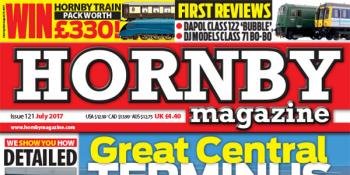Railway operators are always seeking ways to improve efficiency, and one of the most interesting results of this process was the conversion of a number of brake coaches to include a cab, enabling a train to be driven from either end. EVAN GREEN-HUGHES looks more closely at British Rail’s Mk2 Driving Brake Second Opens.
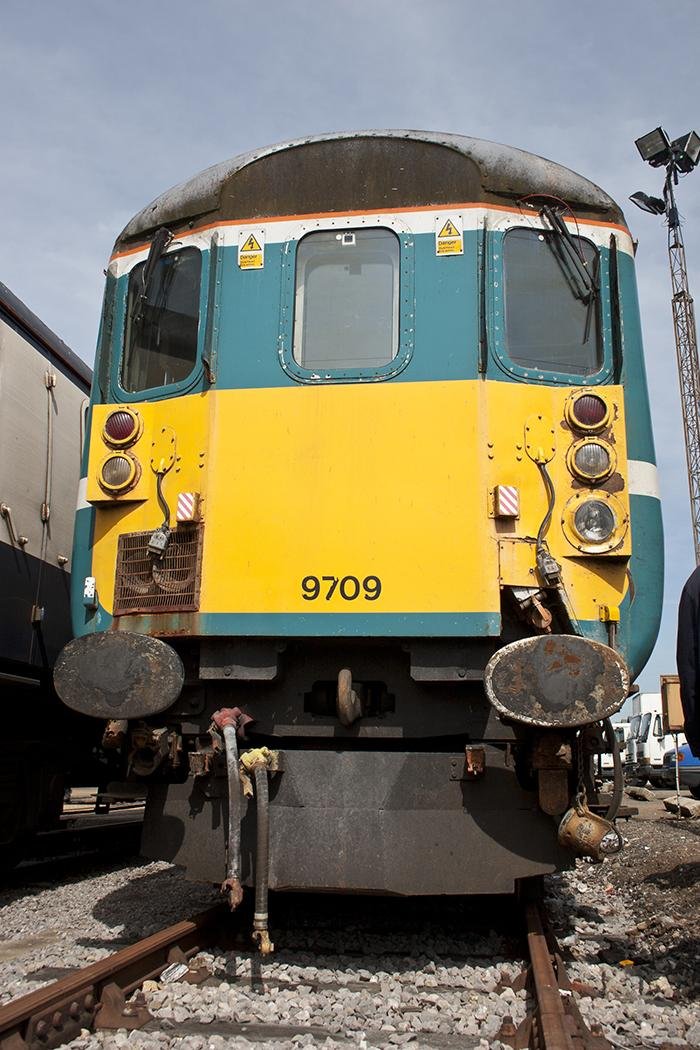
Above: Following the derailment at Polmont in 1984 the DBSO fleet were fitted with obstacle deflectors beneath the leading buffer beam. This is withdrawn Anglia Railways DBSO 9709 at Eastleigh on May 23 2009. Colour Rail.
THE CONCEPT of providing a driving cab in one end of a standard carriage is not a new one. The Great Western Railway was one of many that used ‘push-pull’ trains in which a locomotive pulled a train in one direction and then pushed it in the other with such formations mainly being used on branch lines where such an arrangement eliminated the need for the engine to run round at the end of each journey.
In the late 1960s, there was a further development when the Southern Region introduced trains between London and Bournemouth in which a set of unpowered Electric Multiple Unit (EMU) trailers were propelled or hauled by a Class 33 locomotive for part …
